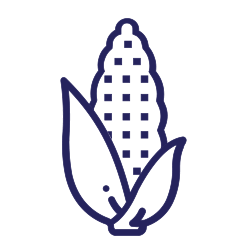Extremes of Moisture: An economic estimation of costs and benefits for farm-level anagemetn of excess moisture
Crop Types
- Whole Farm
Collaborating Locations
Brandon UniversityBackground
On Manitoba farms, excess moisture can be the source of many challenges, including soil erosion, reduced field trafficability, reduced crop yield and quality and loss of farm income. This project aimed to help farmers to manage excess moisture by assessing the impact of excess moisture on crop yield and farm income as well as the downstream costs and benefits of an excess moisture event. The use of water reservoirs, tile drainage, landscaping and cover cropping were evaluated using a cost-benefit analysis. Using 30 years of historical climatic data and local soil and cropping practices, a yield forecasting model was calibrated that can be used to simulate excess moisture management scenarios in Manitoba. Finally, the downstream impacts and costs of extreme moisture events were evaluated.
This project is a sub-project of a multi-collaborator project on the Extremes of Moisture.
View all Extremes of Moisture projects
Objectives
- Characterization of on-farm investment options for excess moisture management;
- Adaptation of a farm model;
- Design of a cost-benefit framework and assessment of excess moisture managemetn options at the producer, local and regional levels.
Key Takeaways
The use of water reservoirs, tile drainage, land grading and cover cropping for managing excess moisture all provided more benefits than costs. 2. The yield forecasting model is able to evaluate the impact of excess moisture on agriculture, and can be used to assist in farm, regional and national decision making. 3. The impact of excess moisture was identified through on-farm and downstream effects, with a focus on the Assiniboine River Basin. Improved farm-level interventions upstream can pre-emptively manage flood risk, and reduce the downstream impact of flooding.

















